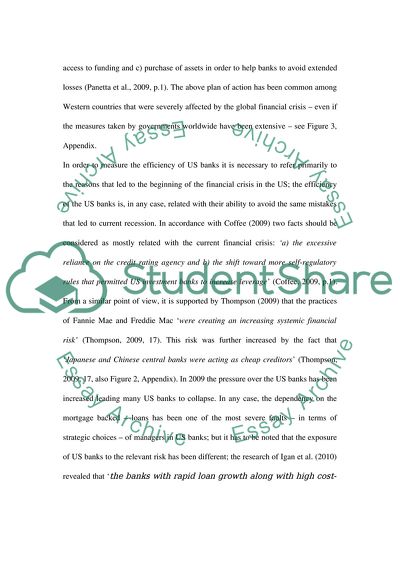Cite this document
(The Efficiency of the Banking Sector in the US Case Study, n.d.)
The Efficiency of the Banking Sector in the US Case Study. https://studentshare.org/finance-accounting/1733890-the-efficiency-of-the-banking-sector-in-a-country-of-your-choice
The Efficiency of the Banking Sector in the US Case Study. https://studentshare.org/finance-accounting/1733890-the-efficiency-of-the-banking-sector-in-a-country-of-your-choice
(The Efficiency of the Banking Sector in the US Case Study)
The Efficiency of the Banking Sector in the US Case Study. https://studentshare.org/finance-accounting/1733890-the-efficiency-of-the-banking-sector-in-a-country-of-your-choice.
The Efficiency of the Banking Sector in the US Case Study. https://studentshare.org/finance-accounting/1733890-the-efficiency-of-the-banking-sector-in-a-country-of-your-choice.
“The Efficiency of the Banking Sector in the US Case Study”. https://studentshare.org/finance-accounting/1733890-the-efficiency-of-the-banking-sector-in-a-country-of-your-choice.


